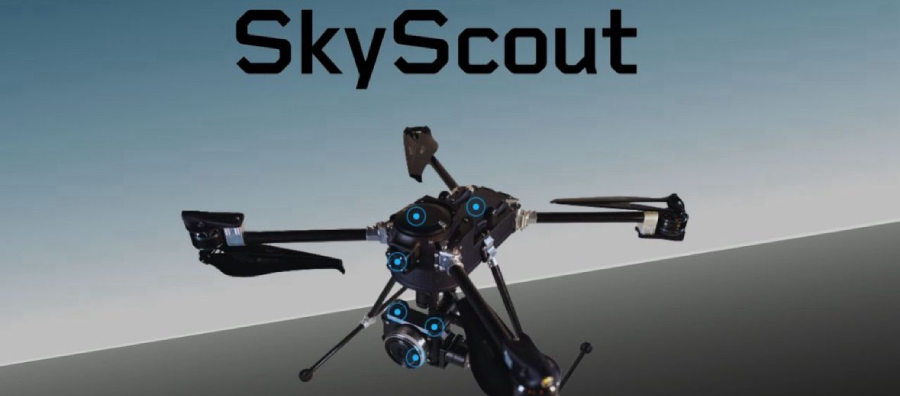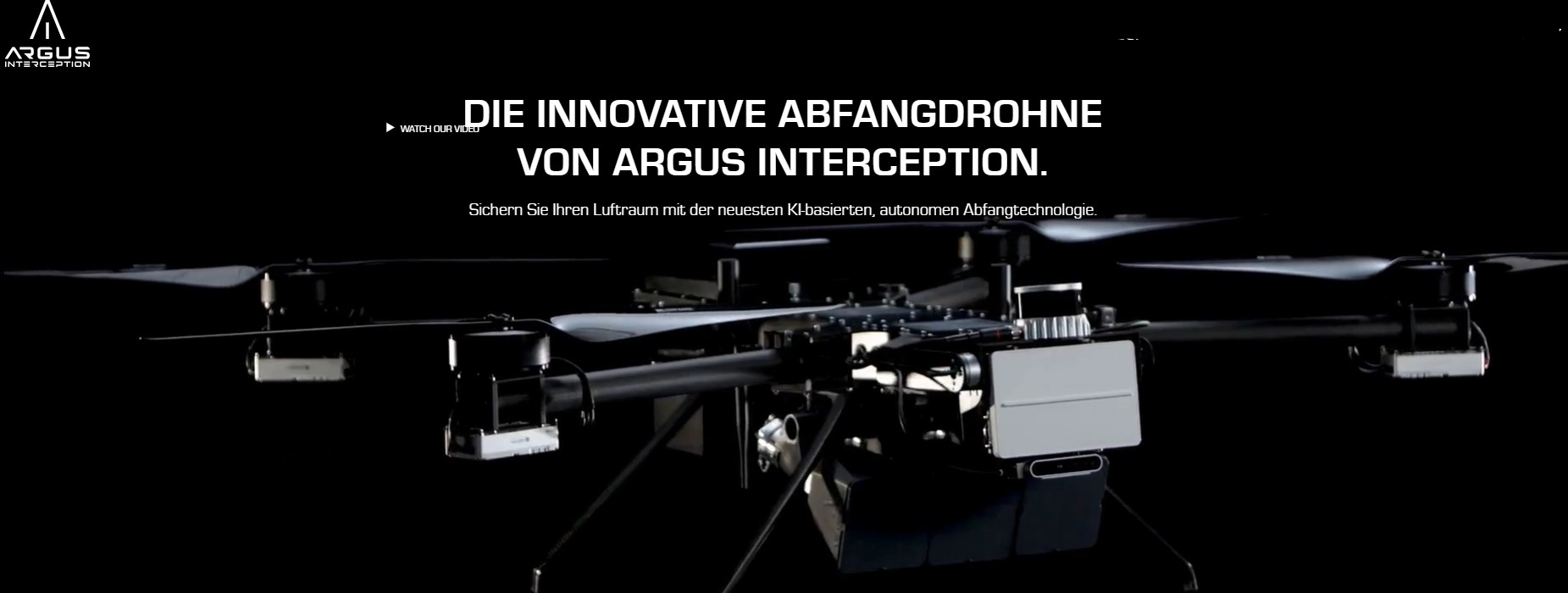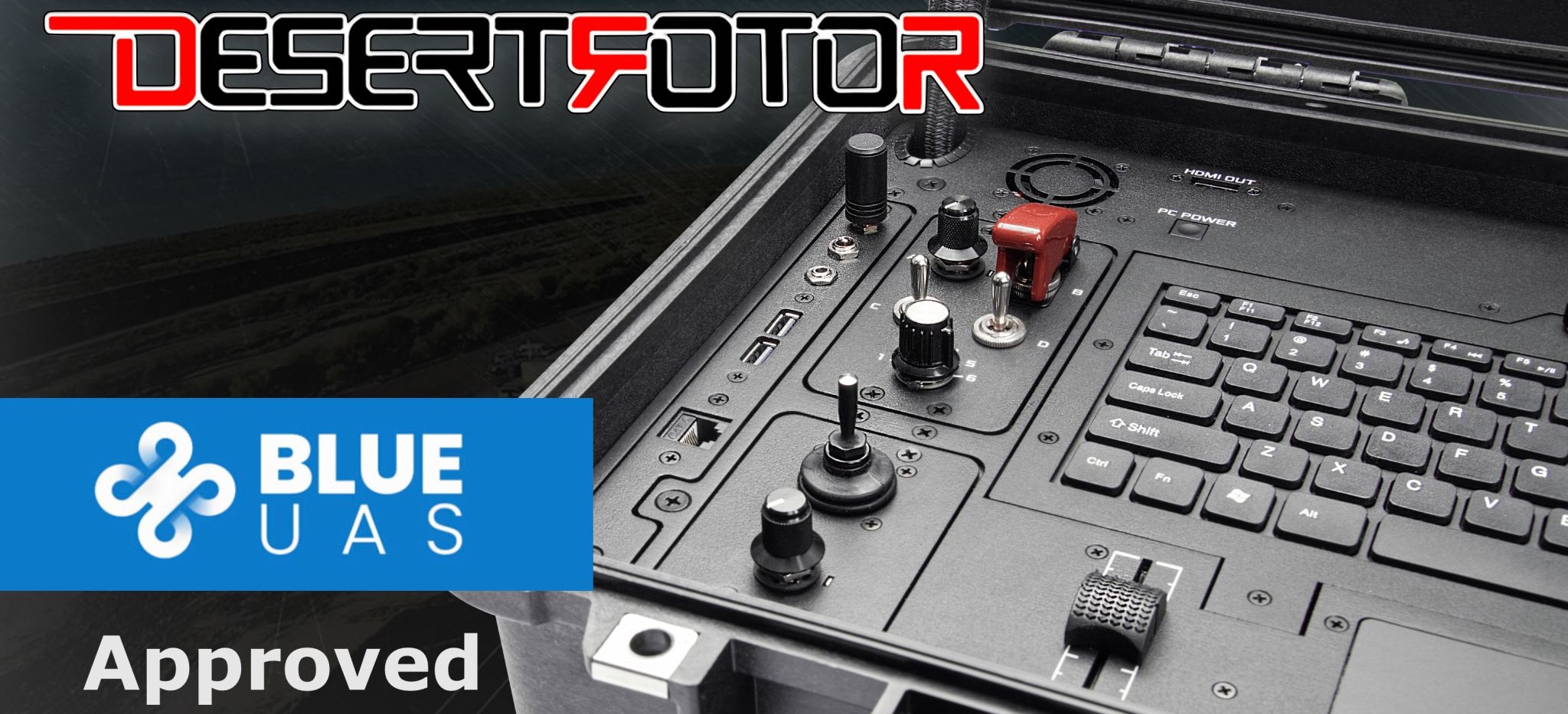Concrete Cracks - Drones, AI, and a New Era of Infrastructure Inspection

Concrete has three undeniable truths: it’s gray, it’s hard, and it cracks. Whether it’s a highway, airport runway, dam, or parking lot, cracking is inevitable. Left unchecked, these fractures can compromise safety and cost millions in repairs. Early detection is the difference between preventative maintenance and catastrophic failure.
For decades, inspection meant crews walking miles of pavement, sketching cracks by hand, estimating their dimensions, and hoping nothing was missed. The process was slow, labor-intensive, and vulnerable to human error. Today, drone and AI technology are reshaping how engineers see and manage aging infrastructure.
At the center of this shift is the pairing of the WISPR SkyScout drone, the Sony LR1 high-resolution camera, and gNext’s AI mapping software. Together, they are transforming what used to be weeks of fieldwork into just hours of data collection and analysis.
From Guesswork to Data-Driven Decisions
“With the SkyScout, Sony LR1, and gNext, we’re giving inspectors and engineers a toolset that removes the guesswork,” said Karson Kall, Director of Sales Engineering for WISPR Systems. “You’re not just spotting cracks—you’re measuring their length, width, and even volume, all georeferenced to the exact location so you can come back to the same spot over time.”
Instead of hand-drawn sketches, inspectors now get precise, geotagged datasets. These records can be revisited over months or years, making it possible to track how cracks evolve and intervene before they escalate.
Why Early Detection Matters
Cracks aren’t just surface blemishes. They can signal deeper structural issues like corrosion of reinforcing steel or erosion of the base layer beneath the concrete. Both conditions accelerate deterioration and, if left untreated, shorten the structure’s lifespan.
“When reinforcing steel corrodes, it expands,” Kall explained. “That expansion forces the concrete apart, accelerating damage. The sooner you can identify changes in crack size, the sooner you can intervene before a small issue becomes a major repair.”
AI-Powered Precision
Once drone imagery is uploaded into gNext’s platform, the AI automatically detects cracks, patches, spalling, and even vegetation encroachment. Each crack receives a unique ID, complete with measurements and a mapped location.
“You can click on any crack in the system and instantly see all the data,” Kall said. “It’s exportable to Excel or CAD, filterable by minimum width, and completely georeferenced. You can even navigate straight to it in the field using a survey rover. That’s powerful.”
This automation not only saves time but also standardizes inspections, reducing subjectivity and increasing confidence in results.
From Weeks to Hours
Traditional inspections of large highways or runways might stretch into weeks. By contrast, a SkyScout equipped with the Sony LR1 can cover vast surfaces in a fraction of the time. Once processed, AI delivers crack maps and datasets within hours.
“This isn’t just about saving time—it’s about making inspections repeatable and reliable,” Kall emphasized. “When you can revisit the exact same crack a year later and see how it’s changed, you’re not guessing anymore. You’re making data-driven decisions.”
Protecting Public Investments
For Departments of Transportation, airport authorities, and facility managers, the stakes are high. Budgets are tight, and assets must be maintained for decades. Every dollar spent on proactive inspection and maintenance saves multiples down the road in avoided emergency repairs.
“Our goal is to give professionals the clarity and confidence they need to maintain their infrastructure proactively,” Kall said. “This technology is another way WISPR is empowering professionals to work smarter, safer, and more effectively.”
A Shift in the Industry
The integration of drones, high-resolution imaging, and AI isn’t just a tool upgrade—it’s a fundamental shift in how infrastructure is managed. Instead of reactive fixes, owners can now build predictive maintenance strategies supported by hard data.
Concrete may always crack, but with innovations like the SkyScout, Sony LR1, and gNext’s AI, the way we respond to those cracks is being redefined.



